Forest Conservation: Importance and Effective Methods
- August 27, 2024
- 0 comment
Forest conservation is crucial for sustaining our planet’s health and biodiversity. Forests play a vital role in regulating climate, supporting wildlife, and providing resources for human communities. However, they face numerous threats from deforestation, climate change, and unsustainable practices. Understanding the importance of preserving these green giants is the first step toward effective conservation.
The Importance of Forest Conservation
Biodiversity Support
Forests are incredibly rich in biodiversity, hosting a vast array of plant and animal species. They provide essential habitats for countless organisms, from the largest mammals to the smallest insects. This diversity is crucial for maintaining ecosystem stability and resilience.

Each species plays a unique role in the ecosystem, contributing to processes such as pollination, seed dispersal, and nutrient cycling. Protecting forests ensures the survival of these species and preserves the intricate web of life that depends on them.
Carbon Sequestration
Forests act as significant carbon sinks, absorbing carbon dioxide from the atmosphere and storing it in their biomass and soils. This process helps mitigate the impacts of climate change by reducing the amount of greenhouse gases in the atmosphere.
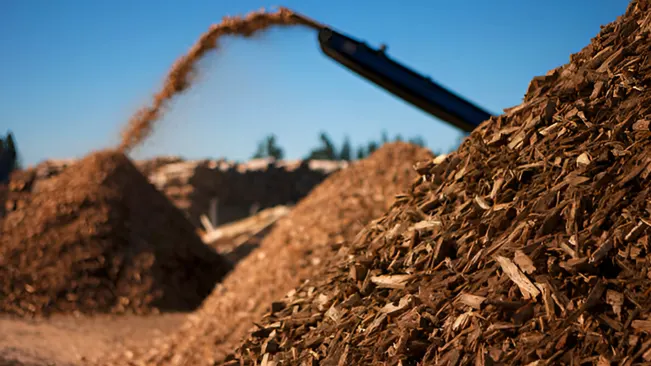
Healthy, mature forests are particularly effective at sequestering carbon. When forests are degraded or deforested, this stored carbon is released back into the atmosphere, exacerbating global warming. Effective forest conservation helps maintain this critical carbon storage function.
Soil Erosion Control
The root systems of trees and plants in forests stabilize the soil, preventing erosion caused by wind and water. This is particularly important in preventing landslides and maintaining soil fertility.
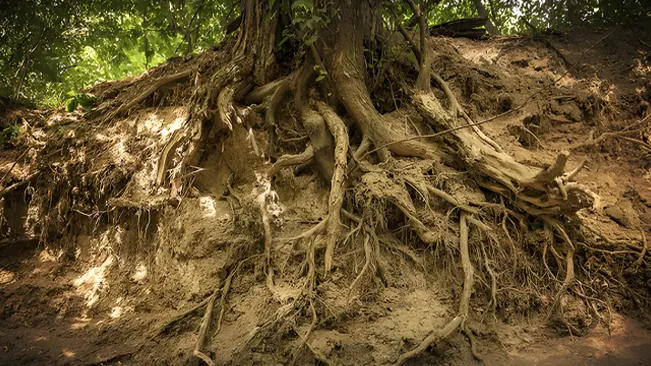
Without forests, soils can become loose and easily eroded, leading to the loss of valuable topsoil and the degradation of land. By conserving forests, we help preserve soil structure and quality, which is vital for agriculture and overall land health.
Climate Regulation
Temperature Moderation
Forests play a key role in regulating temperatures by providing shade and releasing moisture into the atmosphere through a process known as transpiration. This cooling effect can moderate local and regional temperatures, reducing the heat island effect in urban areas and contributing to a more stable climate.
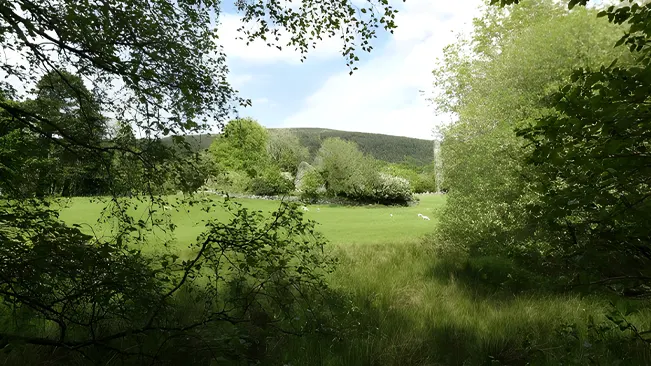
Forests also influence global temperatures by affecting the distribution of heat and moisture in the atmosphere. Protecting forests helps maintain this natural temperature regulation, which is essential for both ecosystems and human communities.
Weather Patterns and Precipitation
Forests significantly impact weather patterns and precipitation. They contribute to the water cycle by absorbing and releasing water, which affects cloud formation and rainfall. Forests can influence regional weather patterns, including rainfall distribution, which is crucial for agriculture and water supply.
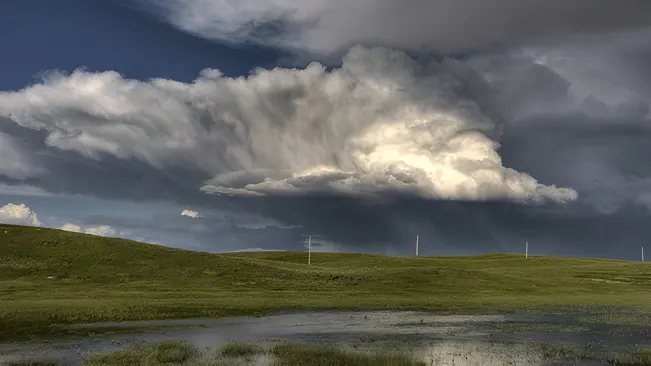
Deforestation can disrupt these patterns, leading to reduced rainfall and increased frequency of droughts. By conserving forests, we help preserve these natural processes and ensure a stable climate and water availability.
Human Benefits
Resource Provision
Forests are a source of numerous resources essential for human life, including timber, medicinal plants, and various non-timber forest products. Timber from forests is used in construction, furniture, and paper products, while medicinal plants provide remedies for a range of health conditions.

Forests also offer resources like fruits, nuts, and resins. Sustainable management of these resources ensures that they are available for future generations while maintaining forest health.
Livelihoods and Indigenous Cultures
Many communities around the world rely on forests for their livelihoods. Indigenous cultures, in particular, have deep connections to forest ecosystems, using traditional knowledge to manage and sustain these areas.

Forests provide food, shelter, and cultural value to these communities. Conservation efforts that respect and integrate indigenous knowledge can enhance the effectiveness of protection measures and support the well-being of these communities.
Recreation and Tourism
Forests offer numerous recreational opportunities, from hiking and camping to birdwatching and nature photography. They provide spaces for relaxation and connection with nature, which can improve mental and physical health.
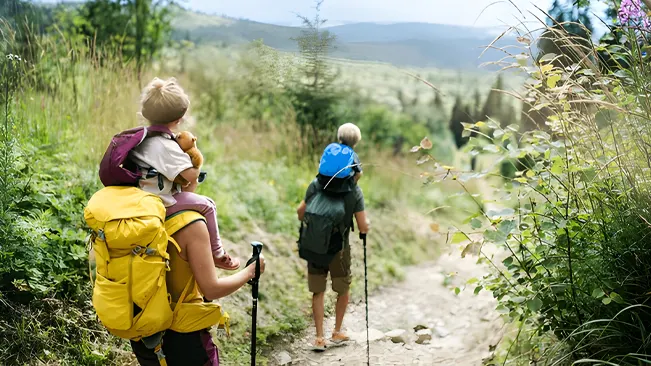
Additionally, forests are popular tourist destinations, contributing to local economies through eco-tourism. Sustainable tourism practices can help protect forests while supporting economic development, making conservation efforts beneficial for both nature and communities.
Threats to Forests
Deforestation
Deforestation, the large-scale clearing of forests for agriculture, logging, or urban development, poses a significant threat to global forest ecosystems. The primary drivers of deforestation include agricultural expansion, particularly for crops and livestock, as well as infrastructure development and logging for timber and paper products. This large-scale removal of trees disrupts entire ecosystems, leading to the loss of biodiversity as habitats are destroyed and species are displaced or driven to extinction. Additionally, deforestation reduces the forest’s ability to absorb carbon dioxide, contributing to increased greenhouse gas levels in the atmosphere and accelerating climate change.

The impacts of deforestation extend beyond environmental concerns, affecting local and global communities. Soil erosion and degradation result from the removal of forest cover, which can lead to reduced agricultural productivity and increased sedimentation in waterways, affecting water quality and aquatic life. Furthermore, the loss of forests often undermines the livelihoods of indigenous and local communities who depend on these ecosystems for their subsistence, cultural practices, and economic activities. Addressing deforestation requires coordinated efforts in policy, sustainable land management, and the promotion of alternative livelihoods to mitigate its adverse effects.
Climate Change
Climate change poses a significant threat to forests by altering temperature and precipitation patterns, which can affect forest health and composition. Rising temperatures and shifting weather patterns disrupt the delicate balance of forest ecosystems, making them more susceptible to pests, diseases, and extreme weather events such as droughts and wildfires. For example, increased temperatures can exacerbate drought conditions, leading to water stress for trees and reducing their growth and survival rates. Additionally, changing precipitation patterns can alter the types of vegetation that can thrive in a given area, potentially leading to shifts in forest types and ecosystem services.

The interaction between climate change and forest ecosystems is complex and can create feedback loops that further exacerbate global warming. For instance, as forests experience stress and dieback, they may release stored carbon dioxide back into the atmosphere, which contributes to the greenhouse effect and further warms the planet. To combat these challenges, effective climate adaptation strategies, such as enhancing forest resilience through conservation and management practices, are crucial. Addressing climate change impacts on forests also involves global efforts to reduce greenhouse gas emissions and promote sustainable land-use practices.
Illegal Logging and Land Encroachment
Illegal logging involves the unauthorized harvesting of timber, often driven by high demand for wood products and weak enforcement of forest regulations. This practice not only depletes valuable forest resources but also undermines conservation efforts and disrupts local economies. Illegal logging frequently occurs in protected areas or areas designated for conservation, leading to habitat destruction and biodiversity loss. The economic benefits of illegal logging are often short-lived, as the degradation of forest ecosystems can have long-term negative impacts on soil health, water quality, and community livelihoods.
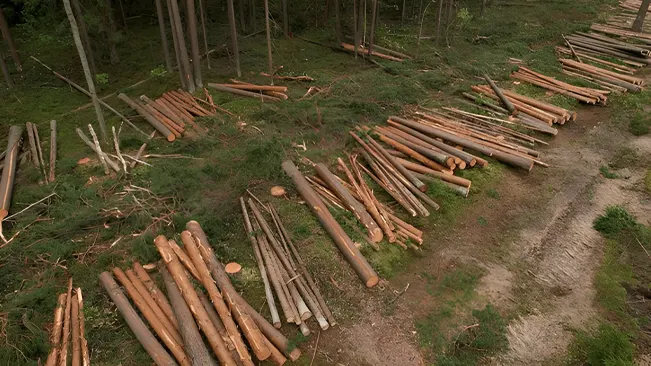
Land encroachment, the process of expanding agricultural or urban areas into forested regions, further exacerbates the threat to forests. This expansion often occurs at the expense of critical forest habitats and can lead to fragmentation of forest landscapes, making it difficult for wildlife to migrate and find suitable habitats. Encroachment can also result from policies that prioritize economic development over environmental protection, leading to unsustainable land-use practices. Combating illegal logging and land encroachment requires stricter enforcement of laws, improved land-use planning, and support for sustainable development practices that balance economic needs with environmental conservation.
Effective Methods for Forest Conservation
Protected Areas and Reserves
Protected areas and reserves are critical for conserving forests by safeguarding ecosystems from harmful activities like logging and mining. These include national parks, wildlife sanctuaries, and nature reserves, each offering different levels of protection. They help preserve biodiversity by providing safe havens for endangered species and maintaining ecological integrity. Effective management, including clear boundaries and monitoring, is essential to ensure these areas meet conservation goals and adapt to new challenges.
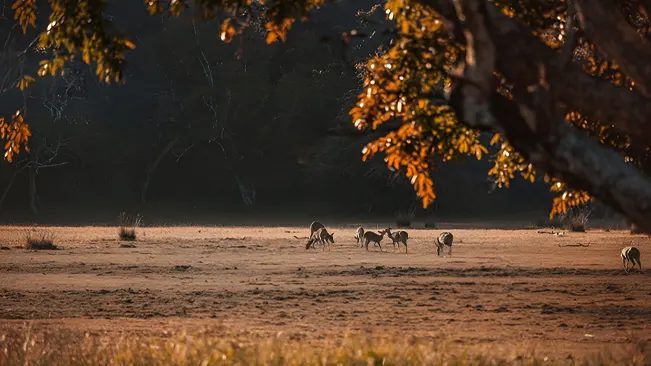
In addition to protecting wildlife and habitats, these areas offer opportunities for scientific research and environmental education. They can also support eco-tourism, which raises public awareness and appreciation of forests. Involving local communities in the management of protected areas can enhance their effectiveness and sustainability, ensuring that conservation efforts align with local needs and practices.
Sustainable Forestry Practices
Sustainable forestry practices seek to balance resource use with ecosystem preservation. Techniques like selective logging, which targets specific trees while preserving overall forest health, and reduced-impact logging, which minimizes damage, help maintain biodiversity and soil quality. Agroforestry, integrating trees with agriculture, also supports biodiversity and improves soil health while providing economic benefits to farmers.
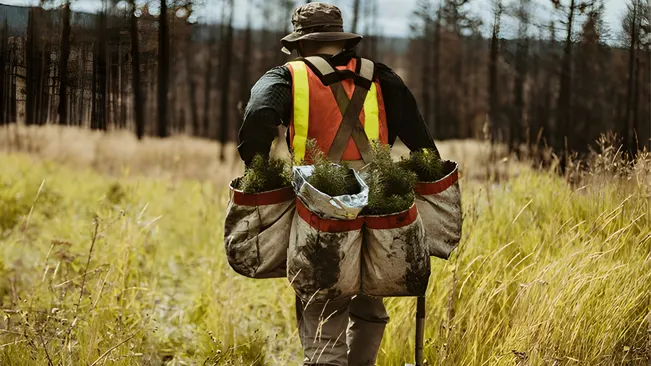
These practices require comprehensive management plans that include reforestation and habitat restoration. Engaging local stakeholders in implementing these practices fosters shared responsibility and enhances their success. By adopting sustainable methods, forest managers can mitigate the ecological impact of logging and support long-term forest health.
Reforestation and Afforestation
Reforestation and afforestation are key strategies for increasing forest cover and restoring ecosystems. Reforestation involves planting trees in areas where forests have been lost, while afforestation expands forests into previously non-forested areas. Both methods enhance carbon sequestration, conserve biodiversity, and stabilize soils.
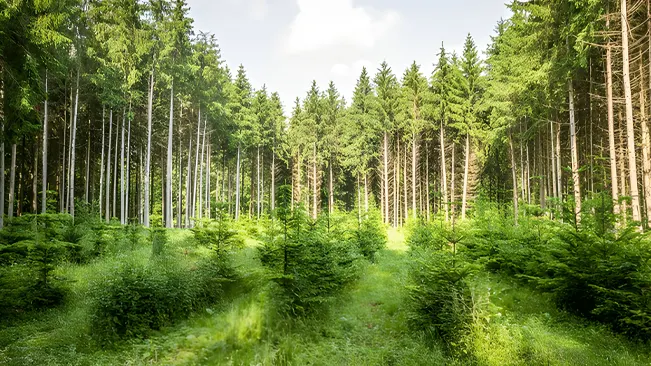
Successful projects require careful planning, including selecting suitable tree species and involving local communities. Ongoing monitoring and maintenance are crucial for the survival of planted trees. Integrating these efforts into broader land-use strategies and collaborating with government and non-governmental organizations can maximize their effectiveness.
Community Involvement and Education
Community involvement and education are vital for effective forest conservation. Engaging local communities ensures that their insights and needs are incorporated into conservation efforts, leading to more sustainable outcomes. Communities with strong ties to forests can offer valuable traditional knowledge and support for conservation initiatives.
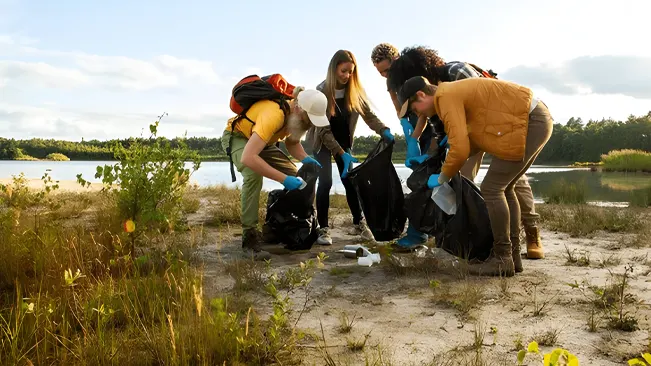
Educational programs raise public awareness about the importance of forests and the threats they face. Schools, organizations, and media campaigns play a role in fostering a conservation ethic and encouraging responsible behavior. By promoting environmental stewardship, education helps build a more informed and active public in support of forest conservation.
Policy and Legislation
Effective policy and legislation are essential for forest conservation. National and international laws create frameworks for protecting forests, setting standards for sustainable management, and enforcing regulations. Policies that establish protected areas, regulate logging, and support reforestation are crucial for safeguarding forest resources.

Public advocacy and stakeholder engagement in policy development enhance conservation efforts. Regular evaluation and adaptation of policies are necessary to address emerging challenges. A strong policy environment and effective enforcement are key to preserving forest ecosystems for future generations.
Conclusion
In conclusion, forest conservation is essential for maintaining ecological balance, supporting biodiversity, and regulating our climate. Forests provide critical benefits, including carbon sequestration, soil protection, and resources for human communities. Addressing the threats of deforestation, climate change, and illegal activities requires a multifaceted approach involving protected areas, sustainable forestry practices, reforestation, and active community engagement. By integrating effective conservation methods with robust policies and education, we can safeguard these vital ecosystems. Collective efforts in these areas not only help preserve our forests but also ensure their benefits for future generations.
FAQs
1. What is forest conservation?
Forest conservation involves the protection, management, and restoration of forest ecosystems to preserve their ecological integrity and ensure their sustainability for future generations. It includes practices that prevent deforestation, support biodiversity, and maintain the health of forest environments.
2. Why are forests important for the environment?
Forests play a crucial role in the environment by supporting biodiversity, regulating climate, controlling soil erosion, and providing resources like clean air and water. They act as carbon sinks, help moderate temperatures, and influence weather patterns, all of which are vital for maintaining ecological balance and combating climate change.
3. What are the main threats to forests?
The primary threats to forests include deforestation (due to agriculture, logging, and urban expansion), climate change (causing temperature and precipitation shifts), and illegal logging and land encroachment. These activities lead to habitat loss, reduced biodiversity, and increased greenhouse gas emissions.
4. How do protected areas help in forest conservation?
Protected areas, such as national parks and wildlife reserves, provide safe havens for wildlife and prevent harmful activities like logging and mining. They help preserve biodiversity, support ecological processes, and offer opportunities for scientific research, education, and eco-tourism.
5. What are sustainable forestry practices?
Sustainable forestry practices aim to manage forest resources in a way that meets current needs while preserving the forest’s health for future generations. Techniques include selective logging, reduced-impact logging, and agroforestry, which help maintain biodiversity, soil quality, and water cycles.
6. What is the difference between reforestation and afforestation?
Reforestation involves planting trees in areas where forests previously existed but have been lost or degraded. Afforestation involves planting trees in areas that were not previously forested. Both practices help increase forest cover, enhance carbon sequestration, and support biodiversity.
7. Why is community involvement important in forest conservation?
Community involvement is crucial because local communities often have valuable knowledge about forest ecosystems and rely on them for their livelihoods. Engaging them in conservation efforts ensures that their needs and insights are considered, leading to more effective and sustainable outcomes.
8. How can education contribute to forest conservation?
Education raises awareness about the importance of forests and the threats they face, fostering a conservation ethic among the public. By informing people about responsible behavior and encouraging stewardship, educational programs help build support for conservation efforts and promote positive environmental actions.
9. What role do policies and legislation play in forest conservation?
Policies and legislation establish frameworks for protecting forests, regulating activities like logging, and supporting conservation initiatives. Effective laws and regulations are essential for enforcing conservation practices, managing forest resources sustainably, and addressing emerging threats to forest ecosystems.
10. How can individuals contribute to forest conservation?
Individuals can contribute to forest conservation by supporting sustainable products, reducing their carbon footprint, participating in local conservation efforts, and advocating for strong environmental policies. Additionally, educating others about the importance of forests and making environmentally responsible choices can help support broader conservation goals.

Joel Cunningham
Forestry AuthorI'm Joel Cunningham, an expert in pruning and weed management with over a decade of experience. My skills are rooted in formal training and extensive practice, focusing on advanced pruning techniques and efficient weed control. I'm known for my quality work, precision, and deep understanding of plant health and soil dynamics. My contributions extend to educational initiatives where I share sustainable practices and advice, establishing myself as a reliable and authoritative figure in the gardening community.

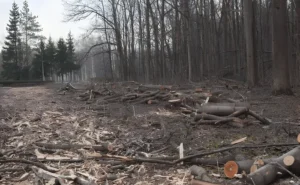
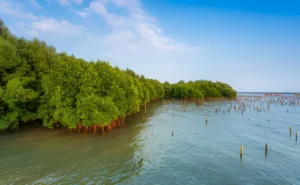
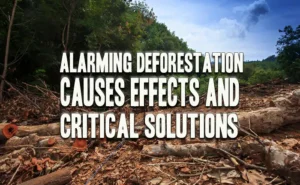


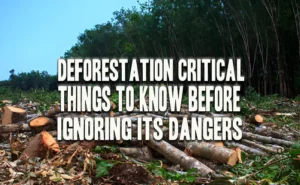


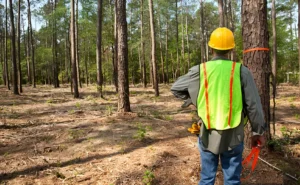
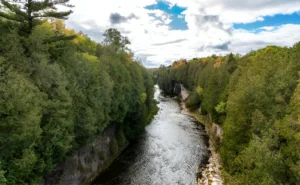


Leave your comment